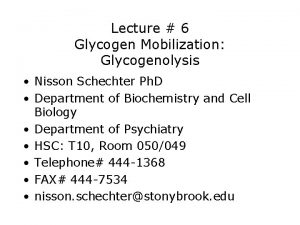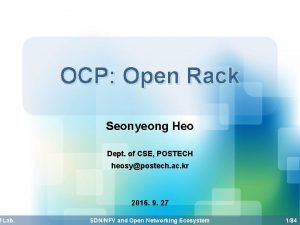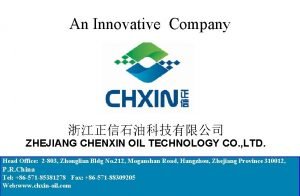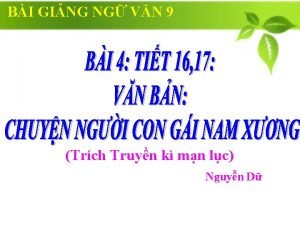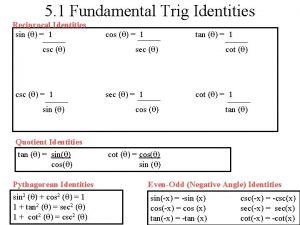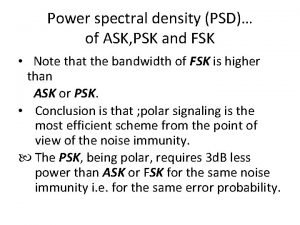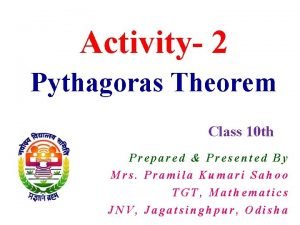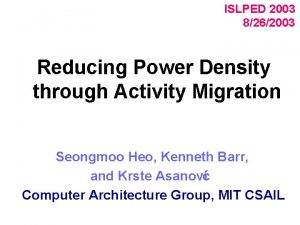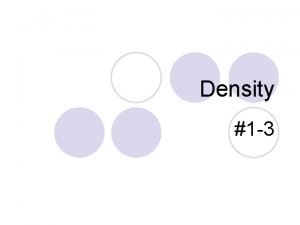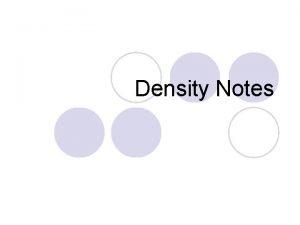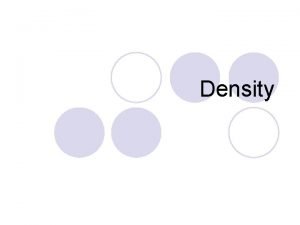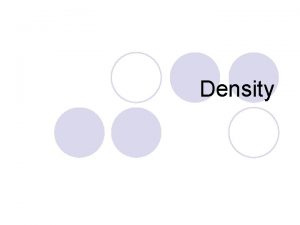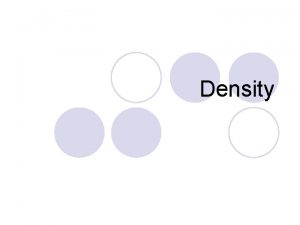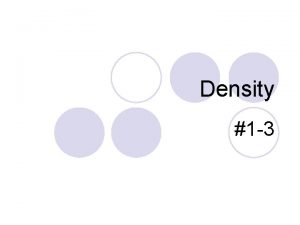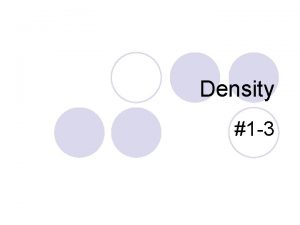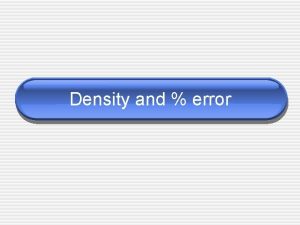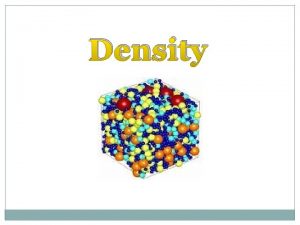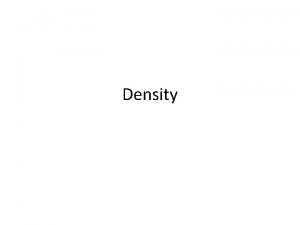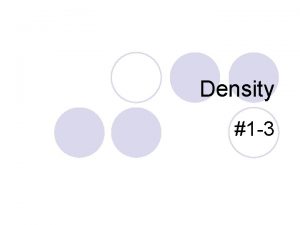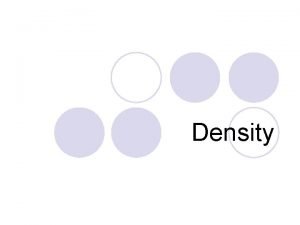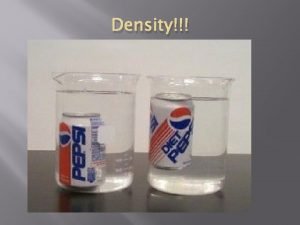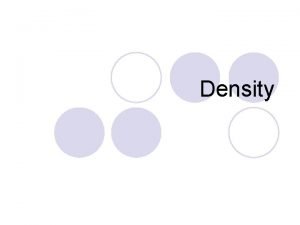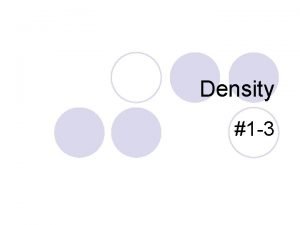Reducing Power Density through Activity Migration Seongmoo Heo



























- Slides: 27

Reducing Power Density through Activity Migration Seongmoo Heo, Kenneth Barr, and Krste Asanovic MIT Laboratory for Computer Science ISLPED ‘ 03

Outline • • • Introduction Thermal Model Activity Migration (AM) Experiment Validation Results Conclusion

Introduction • • What? Reduce power density (temperature) Why? Hot-spot limit performance How? AM (Duplicated component) Contribution : Prove AM is feasible. • Thermal model used to evaluate AM • Assume one hot-spot affect performance • Two cases: a(. 18) b(. 07)

Hot Spot • Heterogeneous structure results in spatial/temporal non-uniformity in power density • Low-Power design exacerbate non-uniformity • Partitioning by functional block.

Equivalent RC Model • At die level, heat conduction dominates temperature.

Simple Thermal Model 25 W*2 K/W + 300 K = 350 K 300 K 1 K/W

Thermal Model of Multiple Block

Block thermal resistance

Author’s Thermal Model

Vertical thermal resistance

Thermal Model

Thermal capacitance

Author’s Thermal Model

Temperature vs. Leakage

Author’s Thermal Model

Conceptual Benefits of AM

Pingpong model

Analytical Benefits

AM with DVS

AM Configuration

2 experiment attributes

Simple. Scaler Simulator

AM Penalty • • • Inactive core : data-preserving idle state. D-Cache shared : 1 cycle to access. I-Cache shared : 1 cycle to misprediction. Case D: 32 cycles for twice PP period. Added 1 cycle to branch misprediction. 2 D-Cache : 2 cycle * lines. Update dirty line before resumes. • Assume HW pingpong scheme.

SPEC 2000 Benchmark L 1 I-Cache miss for all cases are less than 1%

Performance effect

Area Effect

Conclusion • Reduce peak junction temperature. • Sustainable power dissipation can be increase. DVS achieve 16% performance. • AM cause 2% performance drop. • Peak die temperature reduce 12. 4°C • Min. Area overhead 6% for a processor.
 Reducing and non reducing sugar
Reducing and non reducing sugar Reducing and non reducing end of glycogen
Reducing and non reducing end of glycogen Difference between reducing and non reducing sugars
Difference between reducing and non reducing sugars Non reducing sugar vs reducing sugar
Non reducing sugar vs reducing sugar Heo distribution
Heo distribution Ocp open rack
Ocp open rack Higher executive officer civil service
Higher executive officer civil service Cfcd civil service
Cfcd civil service Heo technology 快速測試
Heo technology 快速測試 Ngắn dài có số tươi héo bởi trời
Ngắn dài có số tươi héo bởi trời How to determine specific gravity
How to determine specific gravity Derive linear density expressions for bcc 110 and 111
Derive linear density expressions for bcc 110 and 111 Crude population density vs physiological density
Crude population density vs physiological density Linear density of fcc 110
Linear density of fcc 110 High density low density
High density low density Physiological density ap human geography
Physiological density ap human geography Triangle of power
Triangle of power Double angle formula
Double angle formula Cos x^2 identity
Cos x^2 identity Power spectral density of ask
Power spectral density of ask By one man sin
By one man sin Tarnow fletcher furcation classification
Tarnow fletcher furcation classification Conversation of timber
Conversation of timber Who wrote the poem the night of the scorpion
Who wrote the poem the night of the scorpion To verify pythagoras theorem by bhaskara method activity
To verify pythagoras theorem by bhaskara method activity Reactant products and leftovers
Reactant products and leftovers Activity coefficient
Activity coefficient Aon network project management
Aon network project management

